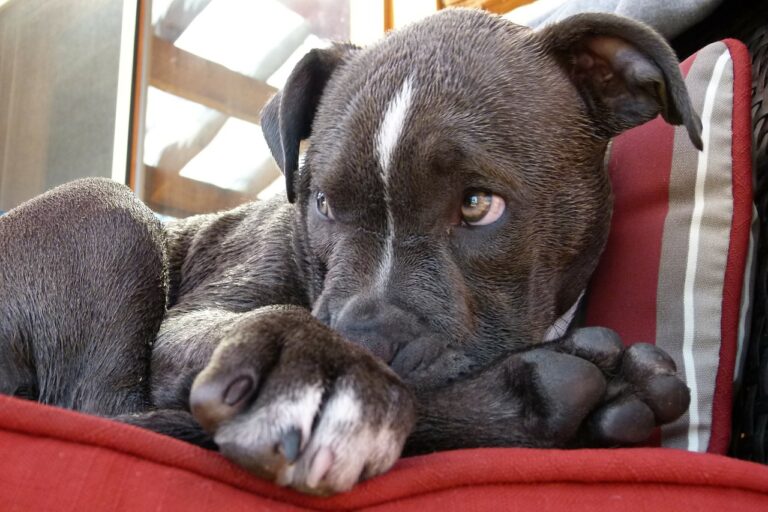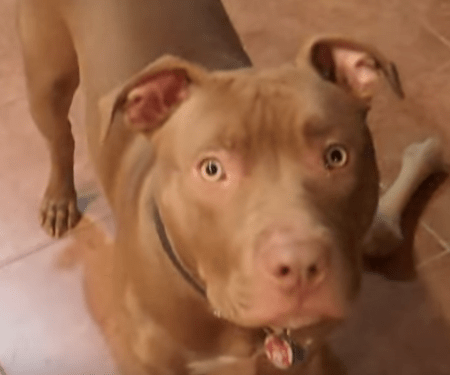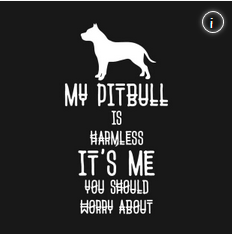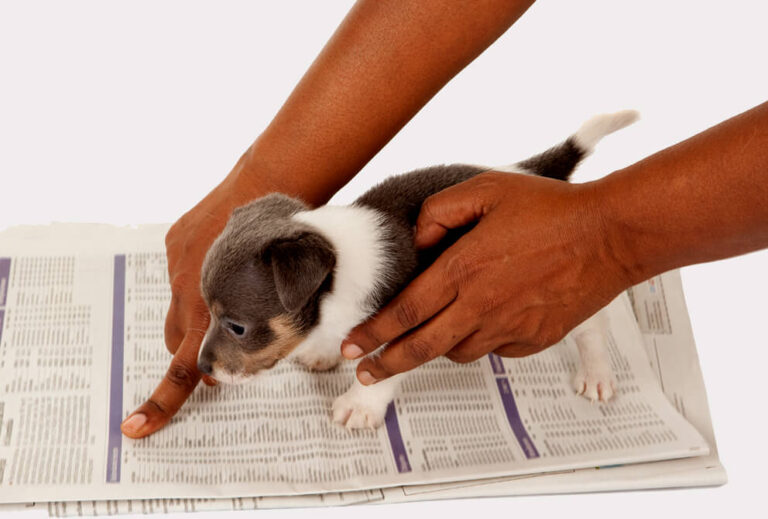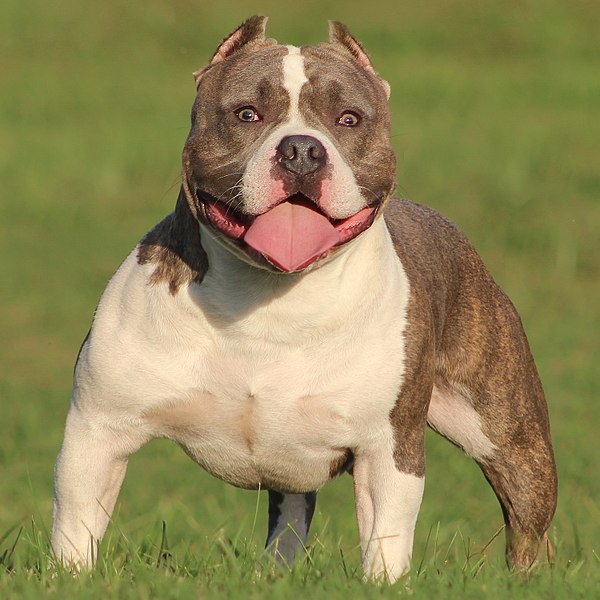
The American Bully is a recently formed companion dog breed, originally recognized by the American Bully Kennel Club (ABKC). It has been recognized by the United Kennel Club (UKC) since July 15, 2013. It is a small to large breed which has been divided into four categories; Pocket, Standard, Classic and XL.
History
Founded in the United States between 1980 and 1990, the American Bully was produced using a foundation of American Staffordshire Terriers and American Pit Bull Terriers bred to several bulldog-type breeds. It was created with the purpose of being a family companion dog.
While some of the founding kennels, namely Razor’s Edge owner Dave Wilson, affirmed that they used only the two first aforementioned breeds to produce the desired dogs, it is consensus that at least five other breeds were used to attain the more “bully” physical traits desired. These are assumed to be the American Bulldog, English Bulldog, Olde English Bulldogge, Staffordshire Bull Terrier and French Bulldog.
According to ABKC the initial desire for this breed was to produce a dog with a lower drive and more of the “bully” traits than the American Staffordshire Terrier. Mass and heavy bone was prioritized to ensure such a look, and due to this many of the dogs shown today display the wide front for which they were originally bred.
The breed was first recognized by its breed club, the American Bully Kennel Club, in 2004. This registry first acted as a means to document pedigrees and show the breed against its written standard.
During the early years of the breed, a wide spectrum of dogs were shown, many displaying physical traits of the other introduced breeds; these were penalized heavily by the registry, forcing owners and breeders of such dogs to create new means to show their style of dog without being rejected.
Varieties
Within the ABKC, the four varieties are separated by height without specification of weight. All these varieties are expected to follow the same standard with minor alterations.
All dogs are classified and shown as Standard until they reach a year of age, at which point they are separated into the varieties and shown against their own type.
Standard
The standard American Bully type is a medium size dog with a compact bulky muscular body, heavy bone structure and blocky head. Male dogs must be 17 to 20 in (43 to 51 cm) while females must be 16 to 19 in (41 to 48 cm).
The “pocket” type is a smaller variant with full-grown males under 17 inches (43 cm), but no less than 14 inches (36 cm), at the withers and females under 16 inches (40cm), but no less than 13 inches (33 cm), at the withers.
XL
An XL type is determined by its adult height, with males between 20 inches (51 cm) and 23 inches (57 cm) at the withers and females between 19 inches (48 cm) and 22 inches (54 cm) at the withers.
Classic
The classic is a lighter frame dog than the standard but falls within the same height range. These dogs do not display the exaggerated features often found in the other varieties, and arguably display clearer American Pit Bull Terrier/American Staffordshire Terrier lineage.
Unofficial types
Outside of the breed standard, dogs shorter or taller than the named variations have been bred. Smaller dogs are sometimes called “Micro” and larger ones are called “XXL”, but neither are recognized by the kennel clubs as legitimate varieties.
Temperament
The American Bully is a highly adaptable breed, often acting as a laid back companion dog in the home while showing a zest for life and energy while outside. Many dogs, despite acting as lap dogs in the home, do well in sports such as weight pull and flirt pole. Despite excelling in such sports and public misconception, dog and human aggression is discouraged in the breed.
Health
Health problems vary within the breed, and span the entire spectrum; with some varieties being plagued by problems, and others being well documented for health and quality. Testing is not as common place in the breed as in older breeds; though hip and elbow scoring are the most frequently conducted. Cherry eye, ectropion and entropion are often seen affecting the eyes; while Brachycephalic Respiratory Syndrome can be seen in the shorter muzzled dogs.
